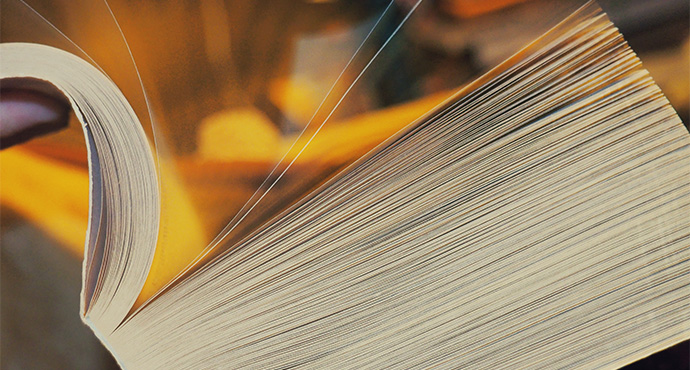Sequenzen:

The Medigus Ultrasonic Surgical Endostapler (MUSE) device is an independent endoscope system that incorporates both a camera and a fixation and stapling function. Shown here is the way the device has to be angulated at the cardia, followed first by fixation at the cardia (this is done with ultrasound guidance, so that the correct thickness of the tissue layers grasped can be assessed) and then firing of staples from the cardia to the lower esophagus. Several stapler sutures can be placed.

To start with, distance from the incisors to the Z-line is measured precisely. In this patient, the Z-line is at 45 cm. The device therefore has to be advanced 63 cm deep and then angulated there in order to place the stapler in the correct position. After bending of the device, fixation of the cardia follows and the clips are fired without endoscopic visualization, using only the ultrasound measurements and the measurements provided by the fixation screws (anvil screws).

The force that the device is applying to the tissue is shown here. The thickness of the compressed tissue is measured using ultrasound. Ideally, the thickness measured should be less than 3 mm. This makes it possible to place temporary fixation screws that continue to hold the tissue and allow the stapler to be fired. After the stapler has fired, the fixation screws are removed again.





